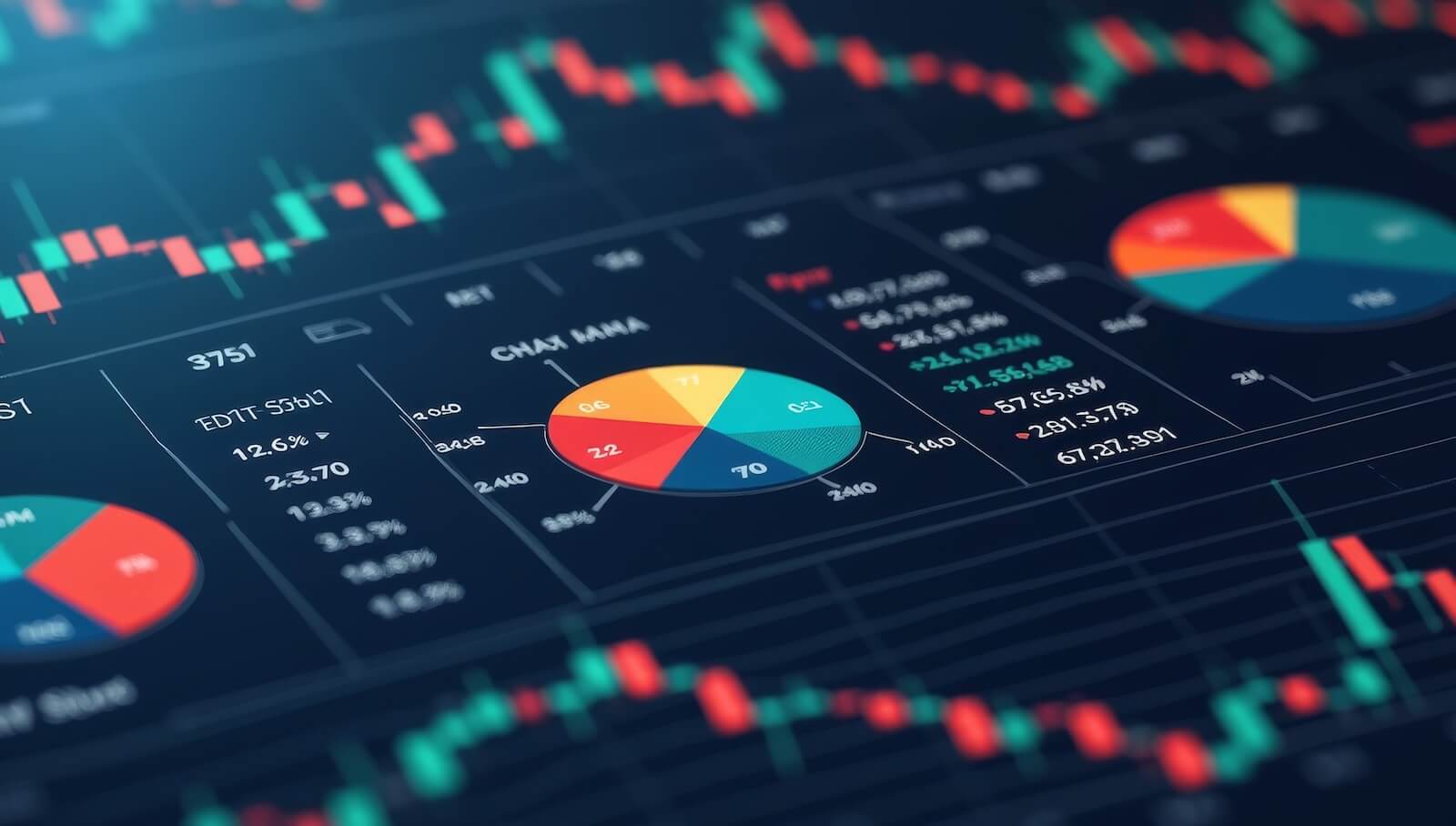2003 LEADERS AND LAGGARDS -- THE NEW YEAR MAY SEE ROTATION FROM 2003 LEADERS TO 2003 LAGGARDS
NASDAQ LEADS MAJOR AVERAGES...DOW LAGS... Of the three major stock averages, the Nasdaq market gained 50% during 2003 and was the years's top performer. By contrast, the S&P 500 gained 26% and the Dow 25%. That means that the Nasdaq gained twice as much as the other major stock indexes. That's not surprising considering that technology stocks normally lead the market in the early stages of a new bull market and an economic recovery. It also may explain the recent rotation away from the Nasdaq toward industrial stocks. I suspect the theme for 2004 may be continued rotation from 2003 leaders to laggards.

Chart 1
SMALL CAPS TAKE TOP SPOT...LARGE CAPS LAG... Small cap stocks took top spot during 2003 over large caps. The S&P 600 Small Cap Index gained 40% for the year. The S&P 400 MidCap Index came in second with a gain of 35%. The S&P 500 Large Cap index came in third with a 26% gain. Here again, the new year will probably see more rotation out of smaller stocks into large ones.

Chart 2
TECHNOLOGY IS TOP SECTOR...CONSUMER STAPLES ARE LAST... Among the major market sectors, Technology took the top spot for the year with a gain of 38%. That explains the outpermance by the Nasdaq market. Other sector leaders in order of their percentage gains are Consumer Discetionary (+35%), and Materials (34%). The worst performing sector for the year was Consumer Staples (+9%). Other sector laggards that underperformed the S&P 500 during 2003 are HealthCare (+13%), Utilities (+23%), and Energy (+24%). In some of my recent market messages, I've pointed out new signs of strength in energy, healthcare, and utilities. It seems that money has already started rotating toward those more defensive sectors. I expect that trend to continue in 2004.

Chart 3
INTERNET AND SEMIS LEAD INDUSTRY GROUPS...OIL SERVICE LAGS... Among industry groups, the Internet (+79%) and Semiconductors (+76%) were the two top groups. That's where most of the Technology strength was concentrated. Brokers (58%) and Biotechs (+45%) were also industry leaders. The two industry laggards that underperformed the S&P 500 were Oil Service (+10%) and Pharmaceuticals (+11%). Both of those groups have started to rally of late. In my opinion, that makes oil service and drug stocks two of the best values heading into the new year.

Chart 4

Chart 5
STOCKS AND COMMODITIES ARE BIG WINNERS... Of the four major markets that are used in intermarket analysis, stocks and commodities were the two top gainers. The S&P 500 gained 26% while the CRB Index gained 9%. The worst performer was the Dollar Index which dropped 14%. Treasury bonds lost 3%. The collapse in the dollar largely accounts for the commodity gains. The commodity gains helped push bonds into the loss column. Within the commodity universe, Industrial Metals were the biggest gainers (+40%) followed by Precious Metals (+20%). A late surge in Energy pushed it into the third spot with a yearly gain of 11%. Owing to the collapse in cattle prices during December, Livestock was the only commodity loser for the year (-2%). The fact that economically-sensitive Industrial Metals took the top spot largely explains why rising commodity prices helped the stock market this year. Rising industrial metals are symptomatic of global economic growth which favors equities over bonds.

Chart 6

Chart 7
2004 WILL PROBABLY SEE ROTATION FROM BEST TO WORST... The stock market had a very good 2003. However, the market has reached the most overbought level in years. I've been using the early 2002 price peaks as my major upside target for this rally. The Nasdaq is within 100 points of that resistance barrier (2098). The Dow is within 250 points of its early 2002 peak (10673). The market is two-thirds of the way through its strongest time of the year that lasts from November through the end of January. All of these factors make the market vulnerable to profit-taking after January. The prospect for higher interest rates during 2004 should also limit stock gains. Money managers already seem to be anticipating those changes by rotating toward more defensive sectors. During December, money has been flowing out of small growth stocks into large value. Relative weakness in consumer disretionary and technology stocks has been balanced with relative strength in drugs, oil service, and utilties. I expect those rotations to continue. Interestingly, dividend-paying stocks lagged behind the market this year as investors opted for growth. I also believe the new year will see investors sacrifice some growth for the relative safety of higher dividends. I suspect 2004 will be a relatively flat year for stocks with no major moves in either direction. That means that stock market gains next year will be earned by being in the right groups. I suspect this year's leaders may become next year's laggards. And this year's laggards may become next year's leaders.
HAPPY NEW YEAR...











